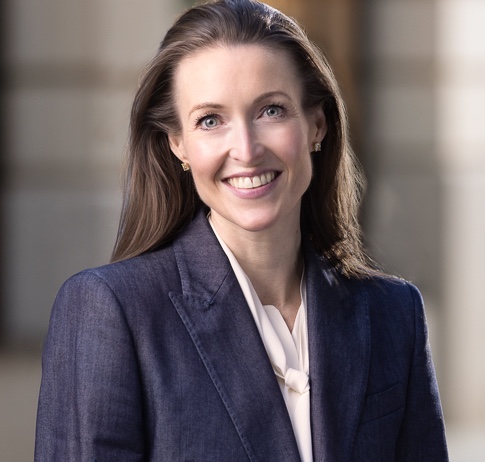Conceptual art is not new but with Marina Abramovich's retrospective shortly opening at the Royal Academy and appetite from institutions and the market alike, it's time to take a look at one of the key problems it presents: valuation. We aim to dispel the myth that conceptual art is impossible to value by looking at how it can be valued by experts and why it is important to pro-actively assemble as much information on a piece and its artist as possible.
What is conceptual art?
Conceptual art emerged in the 1960s and solidified as a movement in the 1970s across the US, the UK and Italy with artists such as Yoko Ono, John Latham and Piero Manzoni. Its most defining characteristic is that the idea or the concept of the work becomes its most important aspect. While the performance or its assembly may be ephemeral it is the thought-process prior to its execution that truly matters.
The most classic example is Robert Barry's Closed Gallery (1969). Galleries in Turin, LA and Amsterdam, for the duration of their Robert Barry shows, simply remained closed. In 1970, Herb and Dorothy Vogel purchased the only physical representations of the work: a certificate of authenticity and three invitation letters to the respective shows.
Other examples include 'instruction paintings' by artists such as Lawrence Weiner and Sol LeWitt who would write a series of instructions that a lay person could execute to give 'life' to the work. Again, the only tangible element of the work may take the form of an original set of instructions or photographs of multiple assemblies.
Why is it traditionally difficult to value?
The Vogels paid $250 for Closed Gallery and were seen as adventurous collectors at the time. By the 1980s the tide had turned and Christie's held a conceptual art auction which included a wall drawing by LeWitt. The highest bidder would earn the right to have the drawing re-created on his or her wall. Wall drawings that sold for around $2,000 in the 1960s ranged from $25,000 - $500,000 in 1987 and continue to fall within the six figure range at today's auctions.
The difficulty in valuing conceptual art lies in its ephemerality. The lack of a tangible asset means that value is ascribed based on the artist's personality, scarcity, popularity. Alternatively, the photograph, film scan or documentation of, for example, Gina Pane's performance becomes a proxy for the work's market-value. It is also worth remembering that hyper-inflated prices paid for conceptual art works were often seen as conceptual works in and of themselves!
Why is it important?
Not all conceptual artists' works were traded and sold as frequently over the years. Often they were acquired by institutions (meaning purchase prices were not disclosed), private collectors or kept in the artist's estate.
For those who inherit such works the lack of an auction track-record or comparable market-rates could prove problematic. Think of a charity inheriting the artistic estate of a conceptual artist. If the charity were to sell the estate, as it cannot 'hold' the conceptual works, it would need to satisfy itself that it can obtain the best possible value in order to maximise donations under UK charity law.
While conceptual art often does not have storage costs – or is limited in size – its already scarce tangible evidence might need to be preserved and/or insured. This too will require the work to be appraised.
Private clients, galleries and institutions may also wish to value such works in order to quantify their artistic assets.
What can be done?
Not every conceptual artist will have an auction track-record but institutions, researchers and curators specialising in the artist or comparable artists may be of great assistance. Auction houses and galleries may have in-depth knowledge of private sales or comparable private sales. Similarly, those administering the estates of other conceptual artists will have a detailed understanding of the market and the works.
The most important thing to do is to collect as much information as possible from the very start. In particular:
- Keep track of any exhibitions, auction sales or catalogues published on the artist in question;
- Using the catalogues or market knowledge, find comparable artists and keep track of their sales;
- Speak to researchers, professors and curators who are experts in conceptual art;
- If possible, work to promote both the work and the artist (e.g. by loaning the piece, contributing or collaborating on a wider catalogue or art research publication); and
- Speak to other conceptual art collectors to understand how they have previously dealt with valuation concerns – this may prove useful in locating expert valuers.
We have advised a number of charitable estates with the valuation of their conceptual art works in the past, so if you do have any questions that are not covered here, please do get in touch. And remember - there is no need to fear conceptual art!

